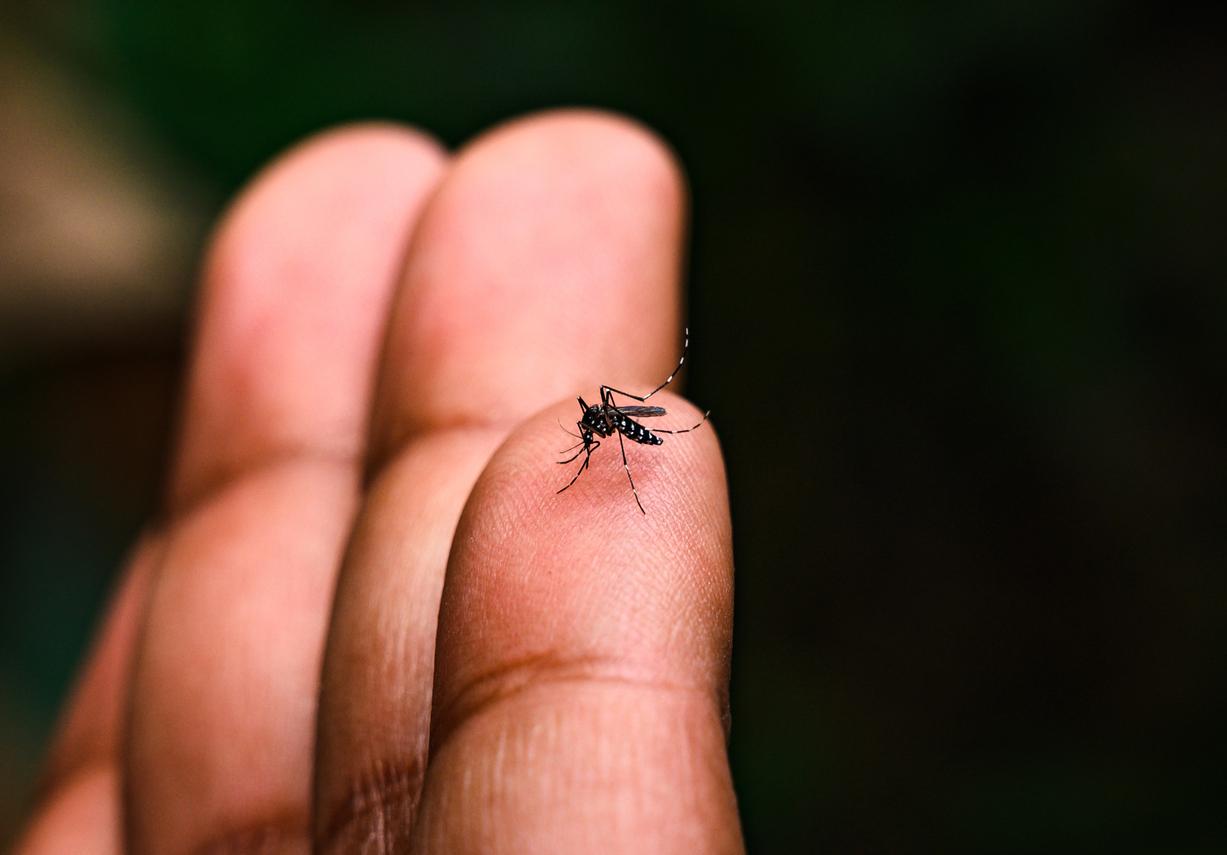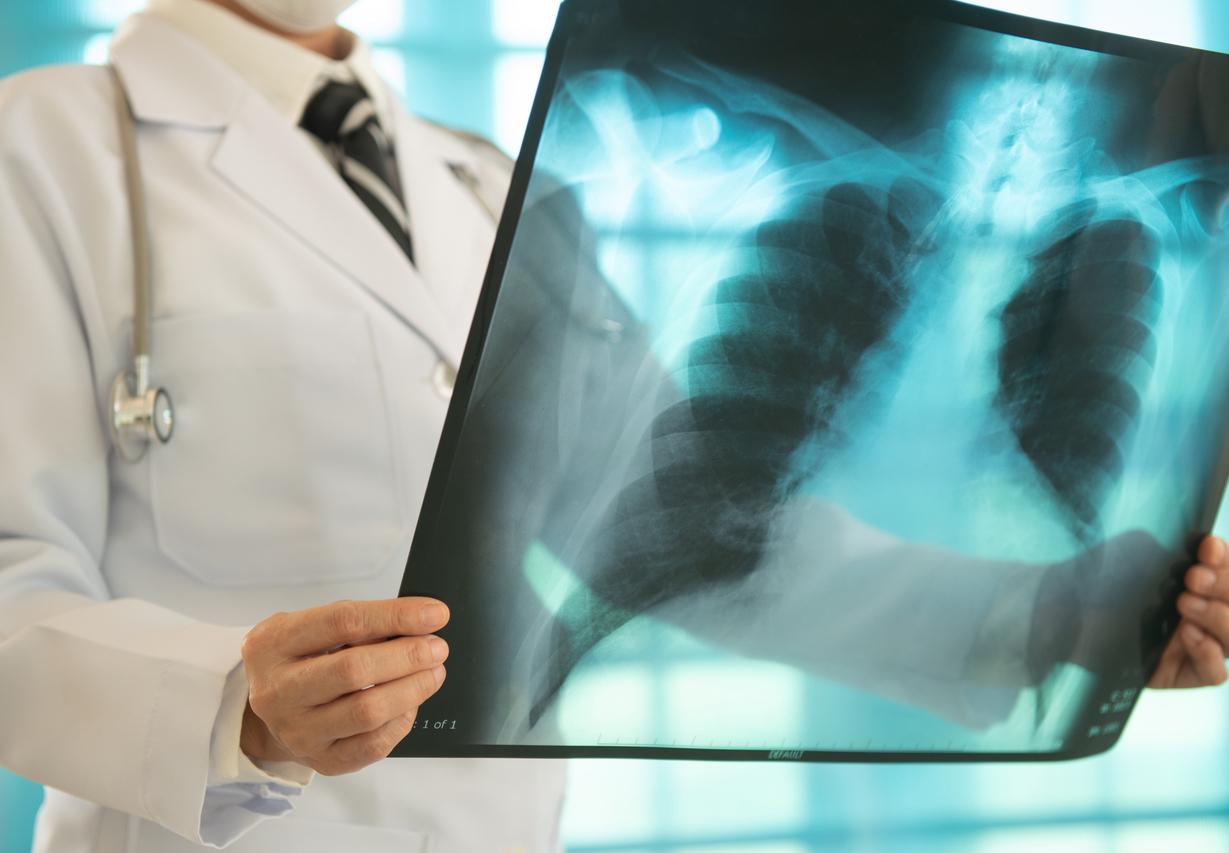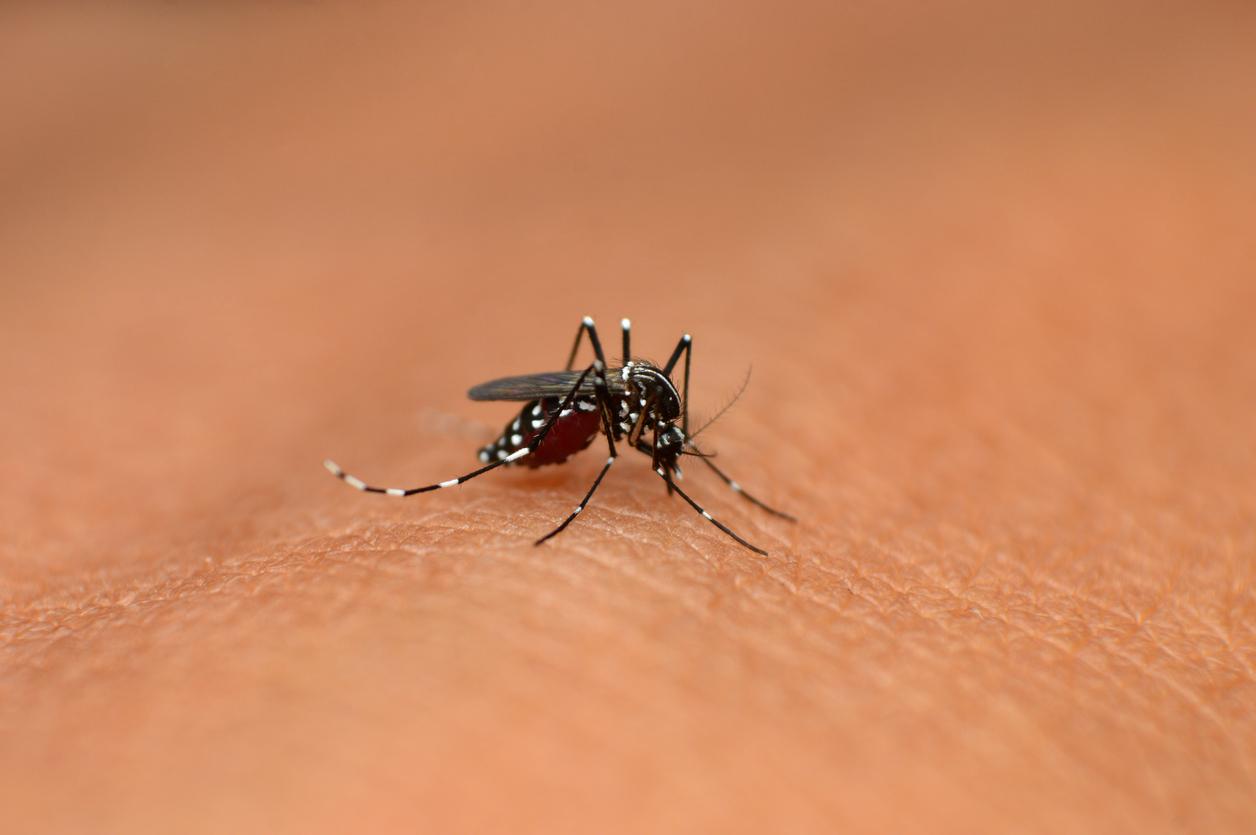We dread it every year, but we will now have to count it among the unwanted guests every summer. The tiger mosquito Aedes, vector of infectious diseases of the dengue and Chikungunya, settled in mainland France. According to the latest weekly epidemiological bulletin (BEH) of the Institute for Public Health Surveillance, 489 cases of chikungunya and 201 cases of dengue were the subject of a mandatory declaration in 2014, as provided for in the epidemiological surveillance plan put in place in 2006.
When a case of dengue or chikungunya is reported, several actions intended to counter the transmission are put in place: destruction of the breeding sites and, if necessary, targeted adulticide treatments within a perimeter of 150 meters around the places frequented by the cases. “For a confirmed indigenous case, these actions are coupled with an active case search by door-to-door investigation in the patient’s entourage”, recalls the BEH. To this is added the information and awareness of health professionals.
In 2014 2,327 cases of chikungunya and 953 cases of dengue were reported by the laboratory network, which is part of the national system.
From May 1 to November 30, 2014, 454 cases of chikungunya and 167 cases of dengue were identified in the 18 departments where Ae. Albopictus was established, recalls the BEH.
Four indigenous cases of dengue were detected in the Provence-Alpes-Côte d’Azur region and one indigenous focus of chikungunya (11 confirmed cases) in the Montpellier agglomeration.
“A lasting risk”
These new data push the health watch institute to qualify the risk of dengue and chikungunya as “sustainable” in France. The progression of this parasitic threat leaves unanswered questions concerning the effectiveness of the vector control implemented. “Research is underway in Reunion to evaluate new strategies, in particular those based on sterilized male techniques, but this work requires time,” analyzes the BEH.
>> Read also: A promising vaccine against chikungunya
Controversy around an insecticide in Guyana
Transmission of the virus at birth has serious consequences
















